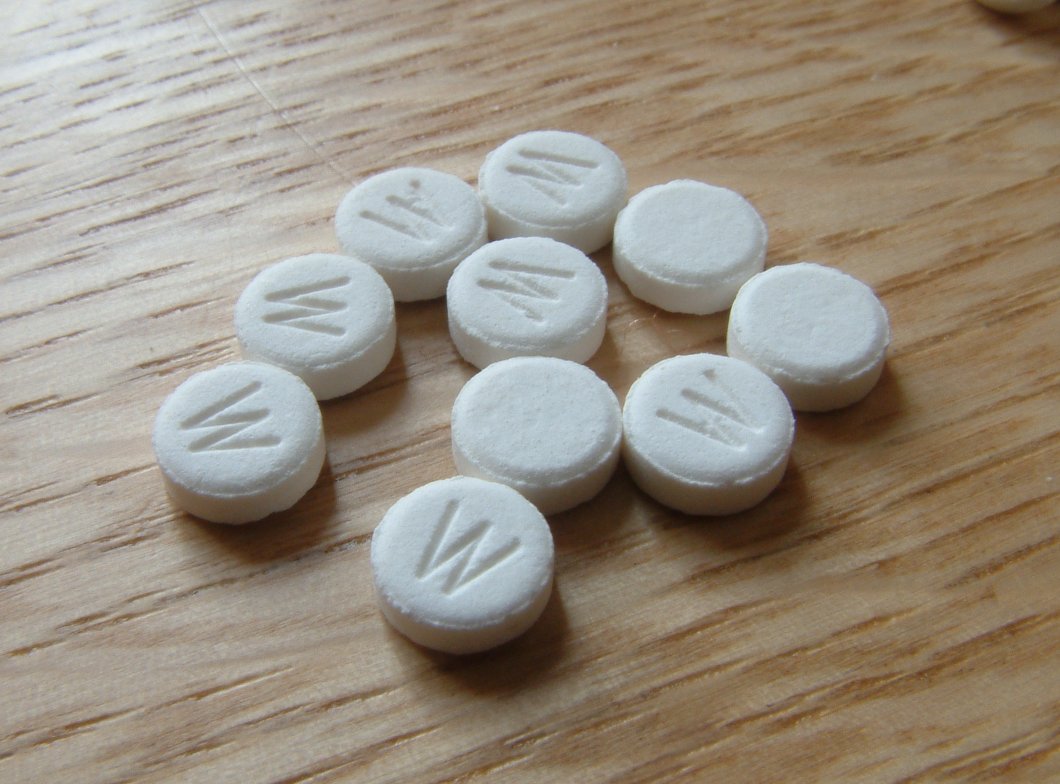The capacity of the amphetamines and drugs with similar properties to elevate the mood and induce a state of well-being is probably largely the basis for their previously widespread, but now decreasing, medial use as stimulants and slimming drugs.Since such therapy commonly involves continuous and prolonged administration, those taking drugs of this kind, for health reasons or otherwise, may develop varying degrees of psychological dependence on them.
The stimulation and euphoria induced by drugs of this type lead to their nonmedical use, and the user may increase both the size of the dose and the frequency of administration in order to attain a continuing stimulation and state of elation.When this increasing use is carried to an extreme, the psychotoxic effects of large amounts of amphetamine-type drugs may lead to aggressive and dangerous anti-social behavior.Qualitatively, the psychological effects are in many respects similar to those produced by cocaine.
It must be emphasized that the effects are dose-related. The occasional, or even the regular, consumption of relatively small doses taken by mouth produces primarily a sense of decreased fatigue, enhanced alertness and wakefulness.A unique feature of the amphetamines type drugs is their capacity to induce tolerance, a quality possessed by only a few central nervous system stimulants.Although tolerance develops slowly when the amount taken is close to the usual therapeutic dosage, a progress;- increase eventually permits the taking of amounts several hundred times a* great as the original prescribed dose.
The Role of Amphetamines And Brain In Drug You Must Know
Although the amphetamines in induce little, if any, physical dependence, as measured by the criterion of characteristic physical withdrawal symptom, it would be inaccurate to state that withdrawal from very large dosages a symptomless.
The sudden stopping of a stimulant drug that has masked chronic fatigue the Convulsions and delirium do not usually occur at the same time; generally, the person may have one or two convulsions during the first 48 hours of withdrawal and then become psychotic during the second or third night.
With respect to the psychotic episodes, paranoid reactions, reactions resembling schizophrenia with delusion and hallucinations, a withdrawn stuporous state and panic have all been observed.In a person with a substantial physical dependence on a drug of the barbiturate-type, unsupported withdrawal of the drug is a life-threatening process. Carefully supervised gradual withdrawal is therefore essential.
Characteristics
Characteristics
- A variable, but sometimes intense, psychological dependence.
- Little, if any, physical dependence and, consequently, no characteristic physical withdrawal symptoms, although withdrawal is followed by a state of mental and physical depression.
- The development of a considerable degree of tolerance to many effects, which is not, however, shared equally by all; nervousness and sleeplessness therefore persist and psychotoxic effects, such as hallucinations and paranoid delusions, may occur.
